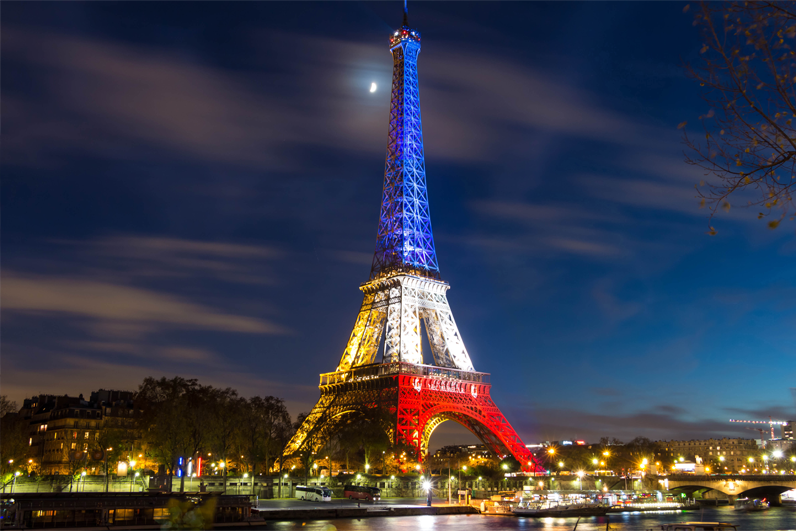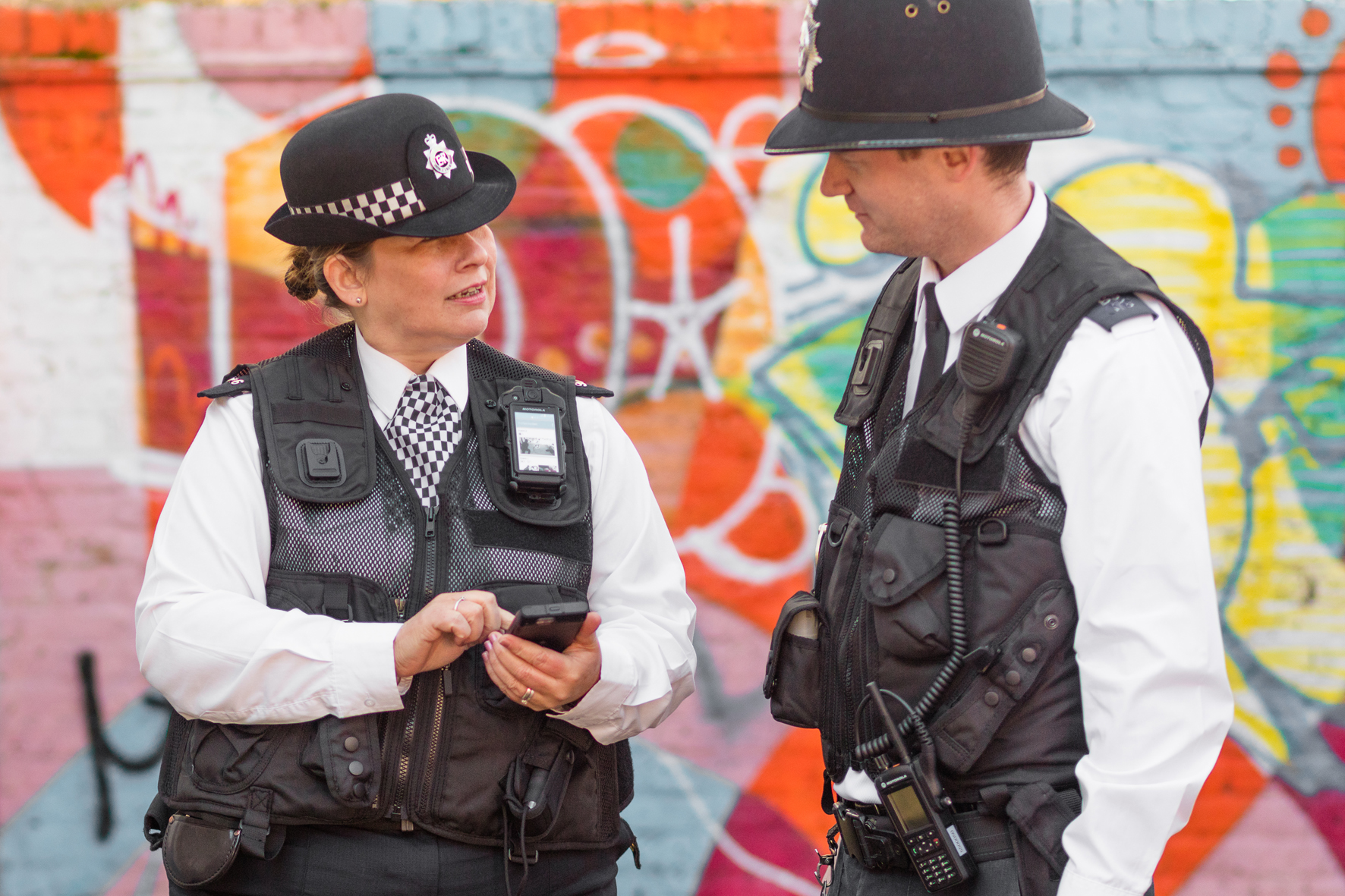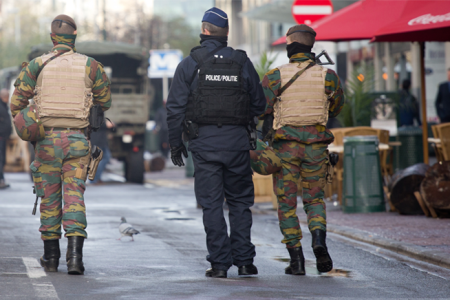How cities are responding to the heightened terror threat
Tim Compston, Features Editor at SecurityNewsDesk, finds out how cities are responding to the heightened terror threat post-Paris.
What unfolded in Paris last November has cast a long shadow over cities across Europe and beyond. In the aftermath we have witnessed the French bring in tougher counter-terrorism measures; and Brussels – where some of the suspects originally came from – on lockdown for nearly a week, and then suffering its own metro and airport attacks. We also saw the evacuation of the Niedersachsenstadion stadium in Hannover prior to a friendly football match between Germany and the Netherlands.
Sadly, of course, the tragic events of that Friday evening, where 130 lost their lives, was not the first time that a terrorist attack had assailed the French capital, the Charlie Hebdo and Jewish supermarket incidents also remain fresh in the memory. Perhaps the most shocking thing this time around was how the attackers were able to maraud through one of the world’s most iconic cities as they mercilessly targeted multiple bars and restaurants, those attending a rock concert at the Bataclan concert hall – where 89 perished, and an international soccer match at France’s national stadium. Thankfully at the Stade de France none of the suicide vest-wearing terrorists were able to circumvent security at the ground to reach the thousands of fans inside. Probably the closest analogue to Paris is what happened in Mumbai, India, over a period of three days back in 2008.

Against the backdrop of the unprecedented terrorist outrage wrought on Paris, a number of stark realities on the ground continue to give cause for concern regarding the safety of our cities. These include, specifically: the sheer number of foreign fighters who have taken up arms in Syria and Iraq and are now returning to their home countries, predominantly to urban areas, and the large-scale influx of migrants, coupled with ineffective external border checks. Added to this the way that automatic weapons from the Balkans, and elsewhere, appear to be easily obtainable, means that terrorists have access to substantial firepower to outgun first responders.
Dealing with danger
So what can our city authorities, the police, and governments do to dial-up the protection of the public at a time when multiple attacks – like Paris, Mumbai, and 7/7 in London – and, lone wolf incidents such as those visited on Ottawa and Sydney, are on very much an upward trajectory?
The sort of action that the Belgium government took in Brussels post-Paris, with schools and even the metro system shut down for close to a week, and soldiers patrolling the streets, may have deterrent value but, practically, is just not sustainable over an extended period of time for a modern city to function. By contrast, intelligence-driven raids to arrest and disrupt the activities of suspects, and the sharing of information across borders, are integral to a proactive anti-terrorism effort.
Police tactics
Given the large loss of life at the Bataclan theatre, in particular, it is clear that when the worst happens time is of the essence. On the other side of the English Channel, London’s Metropolitan Police recently invited the media to a terrorism training exercise for an insight into the tactics that firearms officers would look to employ, given the reality that today’s terrorists are not necessarily looking to negotiate their way out of a siege-type situation but rather will keep on killing those around them. The Metropolitan Police’s Assistant Commissioner, Patricia Gallan – who is Scotland Yard’s Head of Specialist Crime and Operations – told the BBC that officers would ‘go forward’ to confront gunmen in the event of a Paris-style attack which may mean, initially, they have to ‘walk over casualties’.
Of course the public also has a vital role to play in keeping themselves and their cities safe, whether that is remaining vigilant for any suspicious activity or educating themselves about what to do in the event of a terrorist gun attack where they may need to seek safety before the police can reach them. Interestingly, the National Counter Terrorism Policing unit in the UK has just released an information film detailing specific advice entitled: ‘Stay Safe: Firearms and Weapons Attack’. This sets out three key steps that people can take, under the headings: ‘run, hide, and tell’.
Connected communications

New approaches to tactical communications for the emergency services are coming on stream, alongside proven solutions like Tetra (Terrestrial Trunked Radio) networks – a form of PMR (Private Mobile Radio) – which should help to enhance situational awareness in the face of terrorism and tie-in with a growing thirst for data. The UK is adopting a solution based on 4G public safety LTE (Long-Term Evolution) technology for the Home Office-led Emergency Services Network (ESN).
Jeff Spaeth, Corporate Vice President – Systems and Software Enablement, Motorola Solutions, contrasts what happened in the past, where communication was voice centric, with the situation today: “As a first responder you would push a button to talk instantly to a group of people but now we are going from ‘push to talk’ to ‘push to talk’ plus data, plus video. Today the data part is done many times on the PMR network but when you move to things like broadband and LTE people get significantly more bandwidth and data,” concludes Spaeth.
Smarter cities
When there is the potential for incidents to escalate at a number of locations city-wide simultaneously, causing confusion and stretching resources, a smarter joined-up approach to real-time situational awareness could, potentially, help the authorities to get a handle on what is actually going on. Some may now look to replicate the route taken by Rio de Janeiro, Brazil, and the Operations Centre (ROC) there. Although not instituted to deal with terrorism specifically, the facility at Cidade Nova brings together government departments and agencies from across the municipality – 30 in total – and, in so doing, has helped slash incident response times by an impressive 25 – 30 percent. As a result of advanced urban systems for visualisation, monitoring, and analysis, the Centre is breaking down many of the traditional barriers which have constrained the way things function, not just in South America, but globally.
Face recognition
Turning to Rustom Kanga, CEO of iOmniscient which specialises in video analytics, he confirms that the company has supplied a solution to the Royal Thai Police to automate their policing efforts following the devastating bomb attack on the Erawan Shrine near the Hyatt Hotel in Bangkok last summer that left 12 people dead and 125 injured. In light of what happened Kanga reports that the Thai police were keen to upgrade their existing systems by implementing a face recognition solution: “They are putting our solution in for face recognition, and things like that, to make Bangkok a ‘smart’city”. The Royal Thai Police already has an Oracle database of faces of people of interest so, reports Kanga, the iOmniscient system is the first step, in the process of automating how this resource is used. Added to this iOmniscient’s Kanga reckons that the challenge ultimately in Bangkok, and other cities, is to use video analytics to cope with complex situations so it is not just a question of detecting an abandoned bag or performing face recognition, the real requirement is to solve the entire problem whether that be detecting the bag and, potentially, investigating at the time to prevent an incident or, if that is not possible, to track those involved and arrange for an arrest.
Public and private
Of course it is not just access to publically-owned video surveillance and other security assets that can help with situational awareness. Andrew Elvish, Vice President, Marketing and Product Management, at Genetec points out that a ‘federation’ capability such as that unlocked through a ‘unified security platform’ makes sense for cities. This means, essentially, that cameras from a sports stadium or other sites in a city can be tied into a real-time crime centre run by the police, for example: “In the event of an unpredictable situation like Paris the police and first responders can get eyes on that venue very quickly,” says Elvish.

Re-thinking evacuation
Post-Paris Lee Doddridge, Director at security consultancy Covenant, believes that those responsible for major city-based facilities should revisit the actions they plan to take should they find themselves in the firing line. He reveals from recent work – through Covenant – that when scenarios are brought up many people may want to evacuate inside a site like a shopping centre – and do a dynamic lockdown – but, according to Doddridge, that doesn’t necessarily work if the terrorists are already in your facility: “You have got to get people away as quickly as you can.”
Added to this, Doddridge explains that employees really need to change their mind-set compared to what is the norm in a less threatening situation: “It is amazing when we run through that [a terrorist attack] and people say that we can’t use that entry/exit because it is staff only but then you make them realise in this life or death situation all of those things go out the window.”
Stopping power
Hostile Vehicle Mitigation (HVM) is also a growing consideration for major buildings in our cities to stop and deter life threatening, and property damaging, vehicle-borne attacks with bollards, blockers and barriers all very much in the mix. Iain Moran, High Security Manager at ATG Access, reports that when developments are being built from scratch there is more awareness now of the need to design hostile vehicle mitigation into the scheme itself: “From initial concept we are being engaged as designers and manufacturers very early on to try and design schemes that are less obtrusive, we are designing products into street furniture and even bus shelters.”
Eye in the sky
Although the emergency services do have access to helicopters the numbers are limited, even in major cities. Given this capability gap some are looking to supplement their ‘eye-in-the-sky’ capability with less expensive but still effective solutions like drones. According to Aeryon Labs, Halton Regional Police in Canada, for example, has successfully deployed a sUAS (small Unmanned Aerial System) for bomb disposal operations in conjunction with a ground robot.
A joined-up approach
To sum up, what Paris and now Brussels have underlined, above all else, is the extent of the challenge which terrorism presents today. This threat is necessitating new thinking from the police tactics employed to a more joined-up approach to how our cities are monitored and, significantly, a greater onus on what the public can do to ensure their own safety.
[su_button url=”https://www.securitynewsdesk.com/newspaper/” target=”blank” style=”flat” background=”#df2027″ color=”#ffffff” size=”10″ radius=”0″ icon=”icon: arrow-circle-right”]For more stories like this read the SecurityNewsDesk Newspaper[/su_button]













